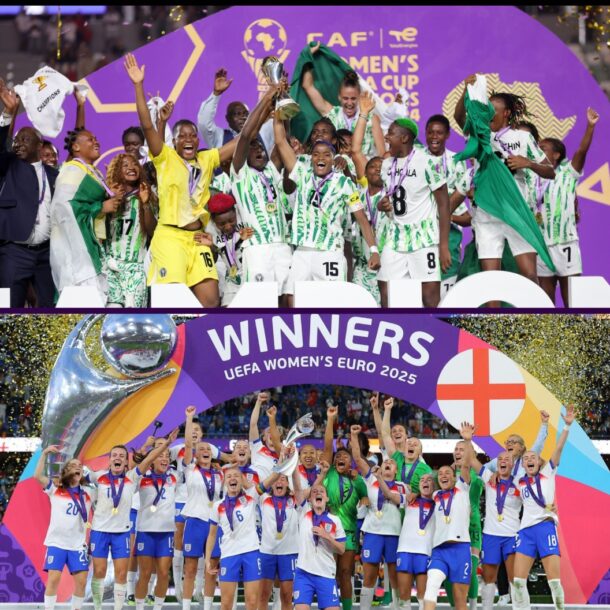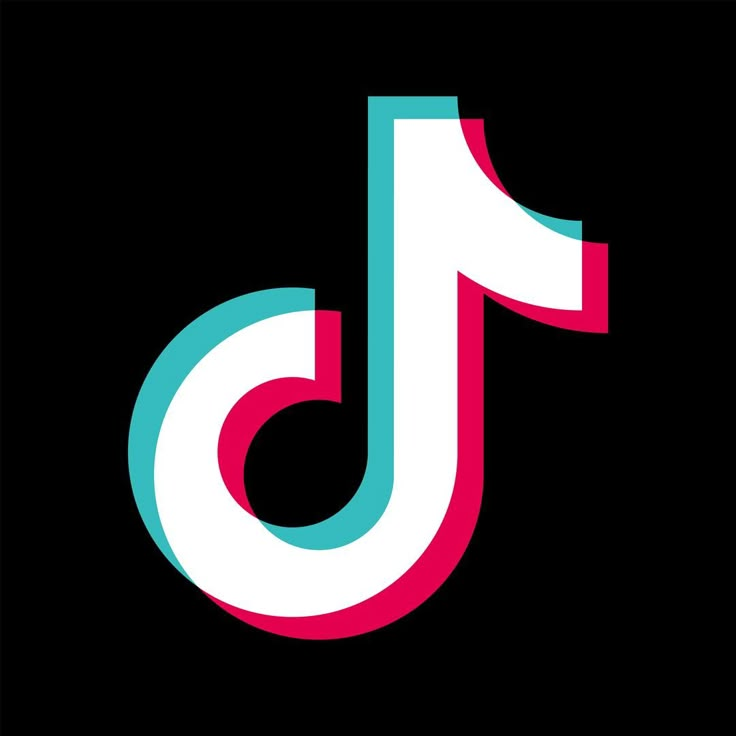

On 25 July 2025, TikTok put its new Music Terms of Service and updated Commercial Music Library Terms into effect.
These updates are significant because they reshape how music is licensed and consumed on TikTok.
They also push the wider industry to rethink what a transparent and sustainable licensing structure should look like.
Under the new framework, TikTok defines three clear categories of music use: creator use for organic personal videos, brand and commercial use for advertising and campaigns, and live-streaming for real-time performance.
This structured approach sets an industry precedent. It pushes the industry toward clearer categorization of music use cases and offers a model for how other platforms can structure music rights in a scalable way.
It is important to note that this segmentation is not entirely new.
TikTok began shaping its licensing framework as early as 2019 with blanket deals with major labels and publishers, followed by the launch of the Commercial Music Library in 2020 to support business use.
The new terms represent the next stage in that evolution, transforming experimental licensing frameworks into enforceable global rules.
TikTok’s Live-Streaming Policy: A New Licensing Framework
TikTok has redrawn the rules for music use in live-streaming.
Under its updated terms, the platform requires creators to use only music that has been specifically licensed for live broadcasts.
This change introduces a sharper boundary: creators can no longer rely on the general pool of TikTok-licensed music when they go live.
Instead, they must select from a curated set of tracks cleared for performance or obtain explicit permission.
TikTok structured this policy to reduce legal risk and clarify rights ownership.
Live-streaming counts as a public performance, which traditionally requires a separate license from publishers, labels, and performance rights organizations (PROs).
By carving out a distinct category for live-streaming, TikTok brings its licensing closer to how traditional broadcasters and streaming platforms operate.
This aligns with the wider industry practice of negotiating performance rights separately from sync or reproduction rights.
The new licensing framework represents a shift from TikTok’s earlier one-size-fits-all approach.
For rights holders, the update formalizes a pathway to monetize live-streaming, an area that has often been overlooked in short-form video licensing deals.
In effect, TikTok is treating live-streaming as a separate revenue channel that requires bespoke licensing, just like its advertising and creator markets.
Short-Form Apps Show Diverse Approaches to Music Licensing
- TikTok
Framework: Hybrid blanket & modular which includes upfront lump sums to majors, plus modular renewals (2025–2026 cycle is publisher-heavy):
- Creator (UGC): Users can select from TikTok’s licensed Sounds library, but only for personal, non-commercial videos.
- Commercial Use: Business or promotional content must exclusively use music from the Commercial Music Library. Standard trending sounds or creator-generated audio are not permitted in brand contexts.
- Live Streaming: TikTok requires full rights clearance for music used on TikTok LIVE.
- Meta (Facebook/Instagram/Threads, etc.)
Framework: Broad blanket. This includes global licensing covering Reels, Stories, Messenger, Horizon, and WhatsApp, with monetization add-ons since 2024.
- In August 2024, Meta renewed and expanded its multiyear agreement with Universal Music Group, allowing licensed use across Facebook, Instagram, Messenger, Threads, and WhatsApp, with a focus on fair compensation and AI protections.
- In June 2024, Meta renewed its licensing partnership with Merlin, giving independent music catalogues coverage across its platforms.
- Meta also holds licensing rights through a major agreement with Global Music Rights, in addition to deals with publishers like Sony/ATV, to license user-generated music across Reels, Messenger, and AR tools.
- These are blanket-style agreements, covers usage across platforms without separating content types into modular categories like brand, live, or UGC.
- In practice: Meta grants most personal and creator accounts full access to licensed song libraries, business accounts are limited to the royalty-free “Meta Sound Collection,” reflecting the lack of commercial rights in many blanket deals.
- YouTube Shorts
Framework: Modular licensing which includes Content ID as the backbone, plus track-by-track licensing via Creator Music.
- YouTube introduced Creator Music in late 2022, giving creators access to a catalog of licensed tracks. Creators can either pay an upfront license fee or opt into revenue-sharing with rights holders. The tool is accessible via YouTube Studio for eligible creators.
- Content ID powers YouTube’s licensing backbone. Rights owners register copyrighted material in the system and choose whether to monetize, block, or track content when matches are detected. This lets rights holders participate in licensing via claim options.
- Structure: Unified model, not broken down into creator/brand/live buckets like TikTok.
- Twitch
Framework: Revenue-share modular that includes opt-in licensing program, not broad blanket.
- In June 2024, Twitch launched its DJ Program, enabling DJs to legally stream popular music under a structured revenue-share system.
- The program relies on licensing agreements with major labels including Universal Music Group, Warner Music Group, Sony Music, and independent labels via Merlin.
- DJs participating in the program share a portion of their earnings from subscriptions, ads, and donations with rights holders.
- Focus: Live-stream music with structured, revenue-linked licensing.
- This proactive approach demonstrates that clear licensing frameworks can support creators, platforms, and rights holders simultaneously.
- Snapchat
Framework: Broad blanket & modular add-ons (global deals with majors, plus immersive AR features and regional expansions).
- Major Labels: Blanket agreements with Universal, Warner, and Sony (Sony added in Nov 2021).
- Independent/Regional: Deals with UnitedMasters, BUMA/STEMRA, SUISA Digital, and other local societies.
- Add-ons: Licensing extends to AR Lenses and immersive features.
- Publishing: In 2025, SnapChat renewed global publishing deals, reportedly worth nearly US$15 million over two years through the NMPA framework, solidifying its position as a trusted partner among publishers.
Key Takeaway
The precedent is clear: short-form apps can license music, but models vary widely.
Success for new entrants will depend on three things: early clarity, robust metadata, and modular licensing frameworks that address UGC, commercial, and live usage distinctly.
At SpringSound, we understand these nuances and design licensing solutions for both app builders and rights holders.
The Structure of a Robust Music Licensing Alliance
A complete licensing alliance between platforms and the music industry must go beyond piecemeal deals.
It needs to cover every use case, from user-generated clips to commercial advertising to live streaming.
A robust structure generally includes:
(i) Label agreements (masters): Grants permission to use sound recordings in defined ways, including short UGC clips, background tracks for live streams, or full-length syncs in commercial content.
TikTok’s global licensing deals with Universal Music Group, first signed in 2021 and renewed in 2025, illustrate how platforms secure broad catalog access while negotiating revenue splits.
(ii) Publisher agreements (compositions): Allows platforms to reproduce and publicly perform underlying compositions.
Sync licenses are required when pairing music with visuals. YouTube’s agreements with Warner Chappell and Sony Music Publishing demonstrate this two-layer approach, ensuring platforms cover both recordings and compositions.
(iii) PRO/CMO coordination: Local collection societies, such as COSON/MCSN in Nigeria, SAMRO in South Africa, ASCAP/BMI/SESAC in the US, or PRS in the UK, must be included.
These groups handle public performance rights and distribute royalties.
Spotify’s early struggles in India (2019) with local PROs showed how ignoring this layer can stall launches.
(iv) Data & royalty plumbing (DDEX/ISRC/ISWC etc.): Proper reporting and payout require machine-readable standards like DDEX, and identifiers like ISRC (recordings) and ISWC (compositions).
Without this, disputes and underpayments multiply.
YouTube’s Content ID system, which tracks over 800M reference files, relies on these identifiers to allocate revenue.
(v) Content ID/fingerprinting: Platforms need technology to detect rights, trigger monetization, and enforce takedowns. Twitch’s 2020 DMCA-related challenges show the operational risks when fingerprinting infrastructure lags behind content use.
(vi) Commercial library & brand terms: A separate track must exist for advertisers and brand campaigns.
TikTok’s Commercial Music Library (CML) is a strong model, giving brands access to pre-cleared tracks for marketing while protecting rights holders from unlicensed commercial exploitation.
Key Risks & Realities
- Rightsholder pressure: Labels will seek larger revenue shares as platforms monetise deeper (ads, live gifting, brand campaigns).
Key Example: UMG vs TikTok Licensing Stand-Off (Early 2024). In early 2024, Universal Music Group (UMG) pulled its entire catalog from TikTok. The move came after renewal negotiations failed over concerns about royalty payments, AI-generated music safeguards, and artist safety.
- Metadata gaps = lost royalties: Without DDEX-grade ingestion, royalties go untracked and disputes arise.
- Territorial complexity persists: No single global deal replaces local CMOs; in-market licensing remains essential.
Starter Checklist for Platforms
- Decide scope early
Define what music use cases you will support at launch:
- UGC clips (short creator content)
- Brand ads/influencer campaigns (commercial use)
- Live streaming (real-time performances)
- On-demand music (full DSP-like library access)
Each scope triggers a different licensing obligation thus clarity upfront avoids costly renegotiations later.
- Engage CMOs and PROs early
- Local societies (e.g., COSON/MCSN in Nigeria, SAMRO in South Africa, PRS in the UK, ASCAP/BMI in the US) control performance and mechanical rights.
- Early engagement ensures you don’t stall rollout (Spotify’s India delay in 2019 is the classic cautionary tale).
- Design modular licensing products.
- Break licenses into Creator, Commercial, Live, and On-demand buckets.
- Modular frameworks give flexibility: you can pilot UGC first, then layer in commercial or live later.
- Implement metadata discipline (ISRC, ISWC, splits, DDEX).
- Require ISRC (recording ID), ISWC (composition ID), splits, and publisher IDs for all ingested tracks.
- Adopt DDEX standards for ingestion and reporting — this prevents royalty black holes and misallocations.
- Enable rights detection infrastructure
- Deploy or partner for Content ID / fingerprinting tech.
- This allows automatic detection, monetization, or blocking of unlicensed content which is essential at scale.
- Model the economics (MGs, per-play, pools, live add-ons).
Decide your payout structures:
- Minimum guarantees (MGs) for top catalogues
- Per-play rates (fractions of a cent per use)
- Royalty pools (pro-rata allocation from ad revenue)
- Live add-ons (per-minute fees, tipping splits, ad-share models)
Build financial models for each, so negotiations with labels/publishers are grounded in real economics.
- Draft tiered legal terms (label/publisher + brand/commercial licenses)
Include audit rights, rollover clauses, AI restrictions, and indemnity caps so contracts scale with your product.
How to Get Music Licensing in Nigeria (and Across Africa) with SpringSound
SpringSound can act as your licensing architect and operations partner. We handle negotiations with labels and publishers, manage relationships with local societies, and ensure compliance at every stage of your product’s journey.
Our role is to de-risk music licensing so your team can focus on growth, monetisation, user experience and not disputes. With the right rights in place from the start, we help platforms launch smoothly, scale without disruption, and build lasting trust with creators and rights holders alike

